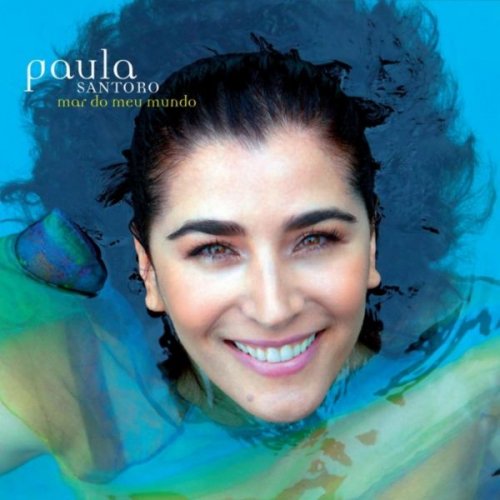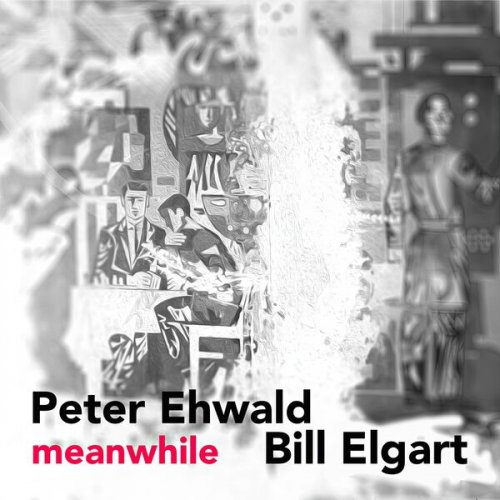László Borbély - Major Works by Franz Liszt (Live Concert Recording) (2023) [DSD256]
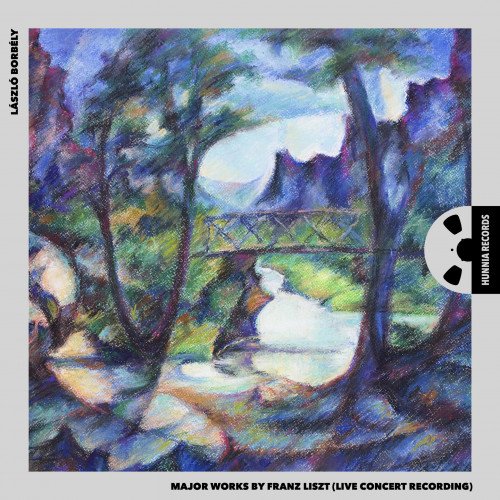
Artist: László Borbély
Title: Major Works by Franz Liszt
Year Of Release: 2023
Label: Hunnia Records
Genre: Classical
Quality: DSD256 2.0 (*.dsf) (tracks) 11,2 MHz/1 Bit
Total Time: 00:59:12
Total Size: 9.4 GB
WebSite: Album Preview
Tracklist:Title: Major Works by Franz Liszt
Year Of Release: 2023
Label: Hunnia Records
Genre: Classical
Quality: DSD256 2.0 (*.dsf) (tracks) 11,2 MHz/1 Bit
Total Time: 00:59:12
Total Size: 9.4 GB
WebSite: Album Preview
1. Vallée d'Obermann S.160/6 13:34
2. Après une lecture du Dante, S.161/7 15:41
3. Sonata, S.178 29:57
Major Works By Franz Liszt is a Live Concert Recording in Pure DSD 256 Stereo from pianist László Borbély. It is his latest album at NativeDSD on the Hunnia Records label.
Liszt is the greatest innovator of music history ever. Studying his works and performing them I always experience the boundless freedom with which I can approach them. This, of course, does not and cannot mean that Liszt should be played with all kinds of tasteless ‛exaggerations’. At the same time, it is a requirement for all performers to follow the intentions of the author and still present a new quality to the audience. The ‛vacuum’ between the printed and sounding music is a kind of ‛no-man’s-land’ which intrigues me as a pianist. Why? Because in this field we have no protection, that is, borderline cases and critical situations are constant. Even if my previous observation sounds exaggerated, I remind the listener that without this lack of insurance the artist’s approach is not worth a bean. Not only that, but art itself would be useless, irrespective of its genre. A composer who ignores trends dares to proceed forward from the fermented musical idiom, and offsets music history with a renewal of musical language devoid of ‛spleen’ or decadence. This was Liszt and this is what he still means for us.
New wine into new bottles, paraphrasing the Bible. Liszt, defying the world, listening only inward, re-created the language of modern music with his own spiritual-mental dimensions. Let us consider why Liszt, the embodiment of the Romantic artist, should want to become a part of something where he could not develop his own creative energies? All this intention for renewal radiates from his music. This is exactly what I’m interested in as a performer: what makes a musical shape, which might look even displeasing or amorphous at first sight, become noble, pure, concrete in an artistic sense that has validity? How can a dream be real and the reality of the world transformed into a dream? And how can all this radiate? Liszt is looking for answers to all these questions, and it is not by chance that he invokes as his main inspirational forces Senancour, Byron, Dante, and last but not least Goethe, in these large-scale works, which represent, it is no exaggeration to state, the best of his oeuvre.
Liszt is the greatest innovator of music history ever. Studying his works and performing them I always experience the boundless freedom with which I can approach them. This, of course, does not and cannot mean that Liszt should be played with all kinds of tasteless ‛exaggerations’. At the same time, it is a requirement for all performers to follow the intentions of the author and still present a new quality to the audience. The ‛vacuum’ between the printed and sounding music is a kind of ‛no-man’s-land’ which intrigues me as a pianist. Why? Because in this field we have no protection, that is, borderline cases and critical situations are constant. Even if my previous observation sounds exaggerated, I remind the listener that without this lack of insurance the artist’s approach is not worth a bean. Not only that, but art itself would be useless, irrespective of its genre. A composer who ignores trends dares to proceed forward from the fermented musical idiom, and offsets music history with a renewal of musical language devoid of ‛spleen’ or decadence. This was Liszt and this is what he still means for us.
New wine into new bottles, paraphrasing the Bible. Liszt, defying the world, listening only inward, re-created the language of modern music with his own spiritual-mental dimensions. Let us consider why Liszt, the embodiment of the Romantic artist, should want to become a part of something where he could not develop his own creative energies? All this intention for renewal radiates from his music. This is exactly what I’m interested in as a performer: what makes a musical shape, which might look even displeasing or amorphous at first sight, become noble, pure, concrete in an artistic sense that has validity? How can a dream be real and the reality of the world transformed into a dream? And how can all this radiate? Liszt is looking for answers to all these questions, and it is not by chance that he invokes as his main inspirational forces Senancour, Byron, Dante, and last but not least Goethe, in these large-scale works, which represent, it is no exaggeration to state, the best of his oeuvre.
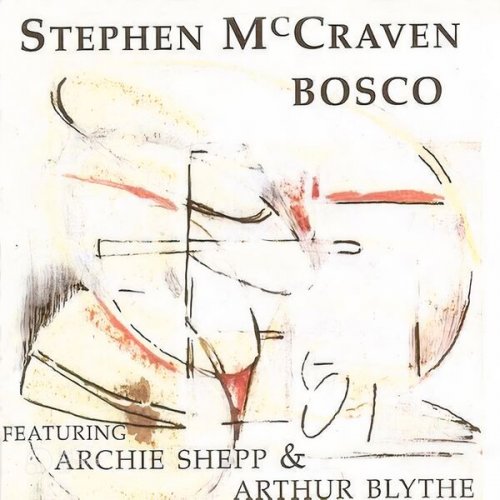
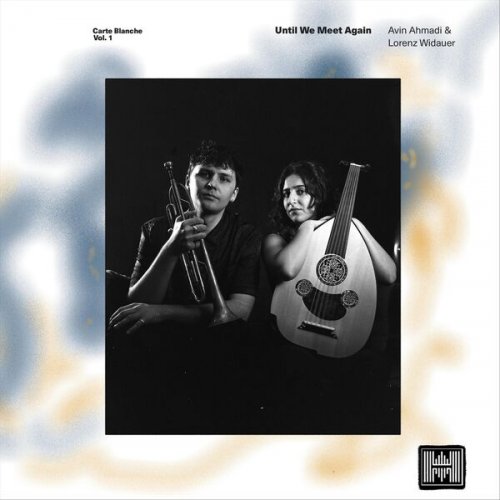

![Nectar Woode - Live at Village Underground (Live At Village Underground) (2025) [Hi-Res] Nectar Woode - Live at Village Underground (Live At Village Underground) (2025) [Hi-Res]](https://img.israbox.com/img/2025-12/15/eiazyx7yigt2lhbv1tcd3eos6.jpg)
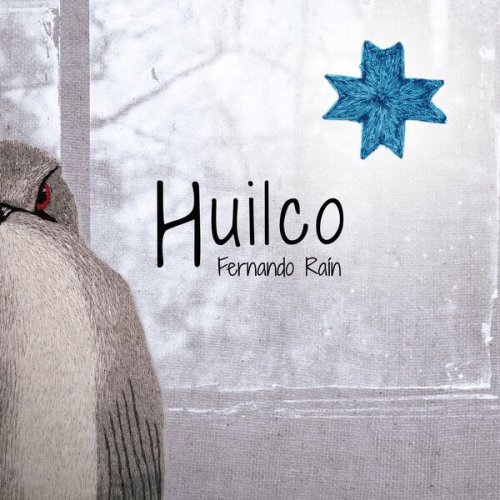
![Tomasz Stanko - Unit (Polish Radio Sessions vol. 2/6) (2025) [Hi-Res] Tomasz Stanko - Unit (Polish Radio Sessions vol. 2/6) (2025) [Hi-Res]](https://www.dibpic.com/uploads/posts/2025-12/1765796826_cover.jpg)
